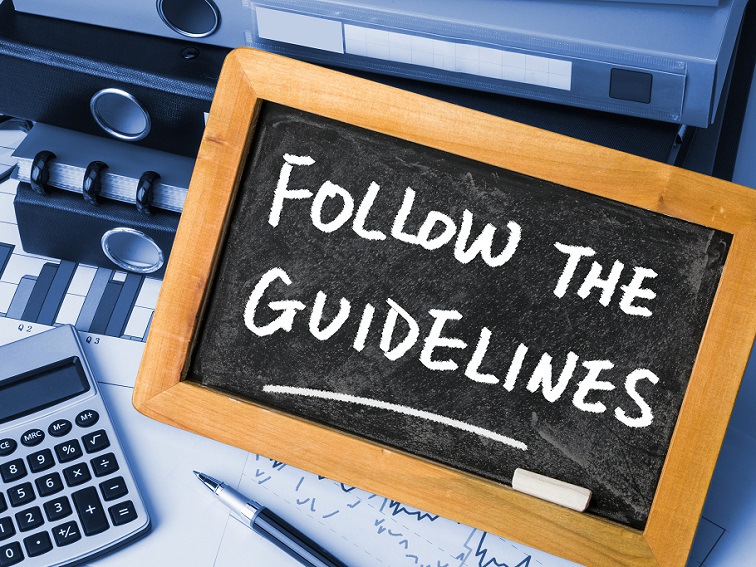Habits for Contentment Is a website that started as a hope I had for the semester. During the pandemic, I had been feeling everything but content, and I wanted to use this blog as an opportunity to build healthy habits into my life. This essay will cover why I created this blog, and what I have learned over the course of the semester.
What is it about and who is it for?
Habits for Contentment is all about building healthy habits into your everyday life. This is demonstrated through blog posts about thankfulness, generosity, staying active or building a morning routine. While this blog can be for anyone that is looking for ways to find peace during the pandemic, it is mainly for students who are also struggling through the hardships of completing a semester online.
One blog I have taken inspiration from is Andi Anne. She writes about nutrition, health, and messy stories from motherhood. I love this website because of its neutral tonal pallet and clean organization. She creates a sense of order in an occasionally chaotic cyberspace. In my website, I hope to use a similar sense of design and layout to engage with my audience. Check out her blog here.
Who is your public image?
The public image I am hoping to create is one that values vulnerability and honesty. One resource I used when I was first building my public image was Creating your Online Persona by Jack Canfield (n.d.). Canfield talks about how first you must decide who you are, then you can begin building your website and advancing your brand with content (n.d.). This article helped me to focus on understanding who I am as a writer and then decide what to post and how to present myself.
I want to use my blog posts to explore new ways of finding contentment in my life, but I do not want to paint an unrealistic picture of myself having a perfectly content life. I will share the success I have in running and painting, but I will also share my frustrations when I sleep through my alarm or cheat on my morning routine. I want to create a public image that is relatable, accessible, and joyful.
Something I want to try and counter in my writing is the Online Disinhibition Effect which describes how when there is anonymity, people are more likely to shed their usual restraints or integrity (Konnikova, 2013). This can promote engagement and risk taking, but in my website, I want to promote honesty and vulnerability, so I hope to create a different style of engagement with my audience.
This infographic I created talks more deeply about the values of Habits for Contentment. The core values I want to represent through this blog are people centered, vulnerable, honest, and fun loving. Read more about my values here.
How are you addressing your audience through editorial, design, content?
Once I had decided on the purpose of my blog and the online image I wanted to portray, I put together a vision board to help guide my posts, design choice and voice. Take a look at my vision board here.
I want to capture a feeling in my vision board. I want readers to look at my website and feel a sigh of relief like when you take a refreshing walk outside or see a beautiful sunset. My goal is to create a blissful feeling throughout my entire blog. On my homepage I do this by using a clean font and leaving lots of white space. Additionally, I have a picture of wildflowers as a banner on every page of my website to begin curating a feeling of refreshment and peace. My colour pallet has deep greens to symbolize trees with deep root and consistent growth and includes some light pinks to symbolize fun and curiosity.
This article published by Blogging Explorer discussed the importance of understanding your target audience and how to cater your content online (Mikke, 2020). Two points he made were about how your target audience will help you create better content, and have great post ideas (Mikke, 2020). Understanding your audience will help you to know their needs and desires, and understand what they might be looking for in their digital content. This will help to increase reader engagement and build my audience.
One blog post that highlights the purpose and design of my website is Being Thankful for Rain. In this blog post I wrote about how being thankful for the small things in your life can help you to get through hard days. Making thankfulness lists is one way I try to find contentment in my life and is reiterated throughout almost all my blog posts. The design of this post incorporates lots of white space separated by curated pictures that I took of a recent thankfulness list I had made. Being Thankful for Rain is a post that highlights the values of my blog and captures the design aesthetic I hope to maintain throughout my website.
What value are you providing and to whom?
My hope is that through these blog posts I can provide value by offering practical tips and advice on how to live with contentment and joy amidst a pandemic. Some blog posts that do this are 5 Reasons to Try Running and Morning Mishaps & Daily Routines. Both blog posts offer a glimpse into one habit I have tried to implement in my life, and some practical ways they could be applied to my readers lives. Both posts contain external research into how these habits have been proven to improve your health or decrease stress levels.
In the future, I may build monetizing features into my posts such as product promotions or specific collaborations with other bloggers, but these must be directly relevant to my core values and not be misleading to my readers.
What have you learned through Google Analytics?
Google Analytics has been a very fun tool to learn how people are interacting with my website. The most helpful thing I learned was that I had a very high bounce rate, meaning that people would quickly leave my website after visiting the first page. As I was investigating this, I noticed that my home page did not give the reader somewhere to go after reading the introduction. To address this, I linked some of my favourite blog posts to my home page, and my bounce rate has decreased by 15%. There is still lots to learn from Google Analytics, and I have so much to benefit from understanding my audience more and learning how people are interacting with my blog.
Blogging has been an incredible experience in learning about writing, creativity and finding contentment during a pandemic. I look forward to continuing this blog in the future and building my brand image.
Works Cited
Anne, A. (2020, December 02). Andi Anne: About. Retrieved December 04, 2020, from https://andianne.com/about/
Campbell, G. (2009). A Personal Cyberinfrastructure. Retrieved December 04, 2020, from https://er.educause.edu/articles/2009/9/a-personal-cyberinfrastructure
Canfield, J. (2019, November 26). Online Branding: 5 Steps to Create Your Online Persona. Retrieved December 04, 2020, from https://www.jackcanfield.com/blog/online-branding/
Konnikova, M. (2013). The Psychology of Online Comments. Retrieved December 04, 2020, from https://www.newyorker.com/tech/annals-of-technology/the-psychology-of-online-comments
Mikke. (2020, July 24). How to Find Your Blog Target Audience in 2020: The Ultimate Guide. Retrieved December 04, 2020, from https://bloggingexplorer.com/blog-target-audience/









